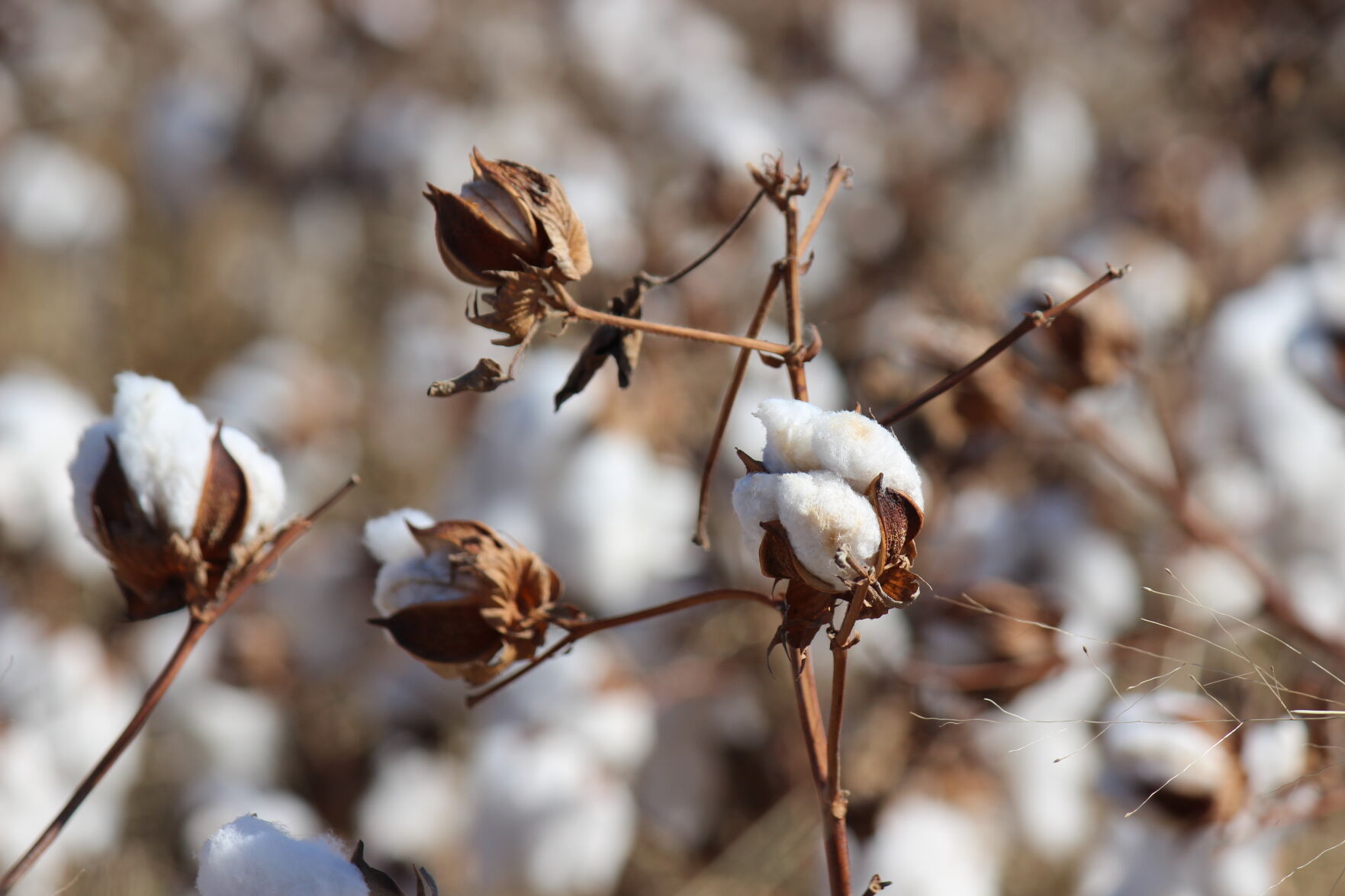High Plains Journal and IDEAg sponsored Cotton U event returned to an in-person meeting Dec. 2 at the Amarillo Farm & Ranch Show in Amarillo, Texas. The half-day gathering offered a farmer panel, educational speakers and opportunities to earn continuing education unit credits.
David Kerns, entomology professor and Extension specialist at Texas A&M University, gave a presentation on advances in cotton insect pest management. Kerns started off by detailing the history of insecticides and pest management that has progressed through the years. He explained the effectiveness of different types of insecticides and the pros and cons of applying them to cotton. Later Kerns delved into current bollworm resistance to Cry Bt proteins, which has made a big impact on cotton crops.
“These Bts are crystalline proteins and they’ll come in and bind to the midgut of the insect and essentially give them an ulcer and the contents of the gut will leak to the body of the insect and it will die of septicemia,” he said. “The issue we have is all the Bt technologies we have in cotton are the same ones essentially that we have in corn. They may have different names, but they have the same mode of action.”
Kerns went on to say this problem has created a homogeny across crops, which puts great selection pressure on insects. In response, the bollworm has developed resistance to the Cry 1s and Cry 2s.
Kerns also spoke about Vop3A resistant genes in Texas as well as the new Bt technology, ThryvOn and its effectiveness against thrips, Lygus and cotton fleahopper.
“ThryvOn is a Bt as well, but it is very different. It’s not for caterpillars; it will primarily target thrips and plant bugs,” Kerns said. “A good thing about this technology is that it doesn’t kill thrips, it repels them. These adults will come in and they might think about laying eggs, but they don’t like the ThryvOn and they leave. That really helps with the selection pressure from developing resistance to the technology.”
Keynote from the National Cotton Council
Taz Smith, vice president of producer affairs at the National Cotton Council of America, closed out Cotton U with a presentation on the current state of cotton policy affairs, sustainability for 2022 and the United States Cotton Trust Protocol. Smith discussed the $1.2 trillion infrastructure package President Joe Biden recently signed, which includes funding for infrastructure and broadband, but should also alleviate some of the supply chain challenges that have plagued many industries, including cotton.
“One thing in that legislation that is very good for our trucking industry is that it has a pilot program that allows CDL drivers to drive across state lines if they are 18 years old, so that may help us with some of the trucking issues,” he said.
Smith went on to give updates on the WHIP+ Disaster Assistance Implementation, Climate-Smart Agriculture and Waters of the U.S. Additionally, he gave a rundown of political races to watch in the future and which candidates are friends to the cotton industry.
Finally, Smith updated attendees on the U.S. Cotton Trust Protocol and stressed the need for more cotton growers to join the program and promote cotton as the most sustainable, natural fiber on the planet. The U.S. Cotton Trust Protocol sets a new standard in more sustainably grown cotton by setting measurable goals to drive industry improvement and build partnerships with retailers that desire U.S. grown, sustainable fiber. Although not widely known, Smith said the cotton industry has increased land use efficiency by 49%, reduced soil loss by 37%, reduced water used by 79%, cut energy used by 54% and lowered greenhouse gas emissions by 40% all in the last 35 years.
“We must get U.S. cotton on brand and retailer sourcing lists or risk losing out on 15 to 20% of the world cotton market,” Smith said.
To learn more about the U.S. Cotton Trust Protocol, visit TrustUSCotton.org.
Lacey Vilhauer can be reached at 620-227-1871 or [email protected].


